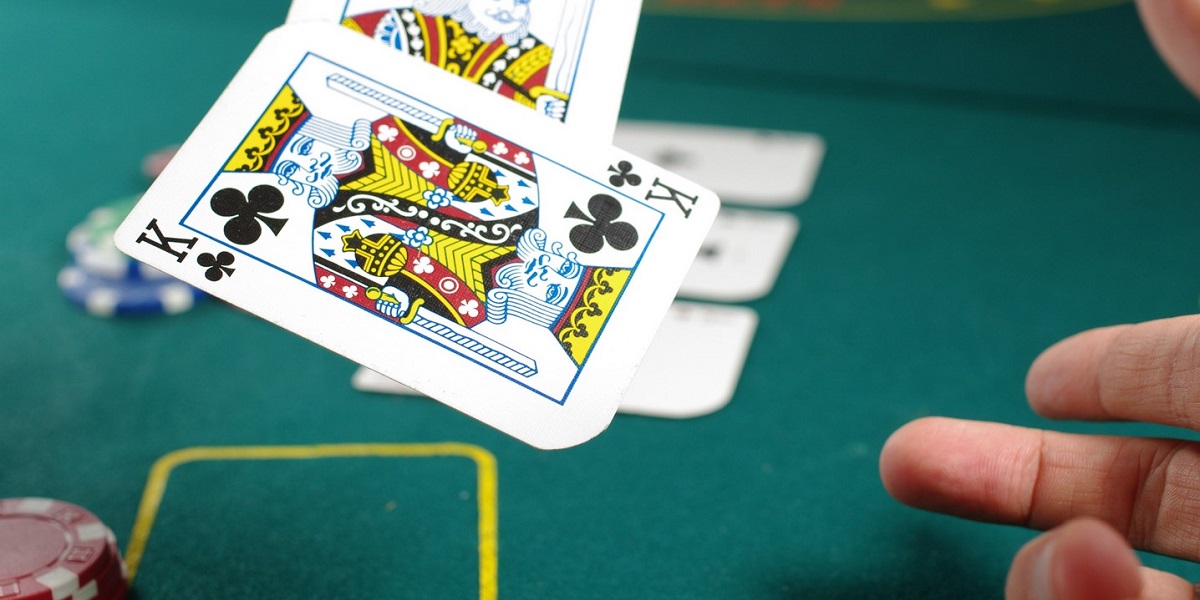

Poker Variance Part 1: what is variance in poker?

One of the concepts that most brings up the
head of rookies and expert poker players is variance. But what exactly is
variance in poker? That is the million-dollar question. Defining it is already
complicated. If we stick to the mathematical definition, the variance in
poker is the sum of the deviations from the mean of a sample or a set of them,
squared and divided by the total number of observations minus 1.
In poker, the variance is the risk that the actual return on an investment will not be as expected. Rookies understand that variance refers to the ability of a play to vary its result compared to the expected one, but in reality it is a much more global concept, not so relevant from play to play, but in general terms.
Variance in poker: basic
concepts
As you know, in poker statistics plays a
fundamental role and the mathematical principles of statistics and
probability have a lot to do with the concept of variance in poker. The
statistical properties of variance involve three main things:
- It will always be a positive value or zero,
in case there is no dispersion and the outcomes are always the same.
- It will not be possible to calculate the
variance in cases where it is completely impossible to calculate the mean.
- The value of the mean and the variance are
indices that are very sensitive to extreme scores.
In poker, variance is a concept that has a
tremendous impact on the games and is the cause of the outcome of many
tournaments. No one escapes it, and both the less experienced player and
the most experienced are exposed to its ups and downs.
The second point is especially important in
poker because it explains why in multi-table tournaments it is so difficult to
know a player's skill and variance. The answer, knowing this, is simple: it is
more complicated to find out because it is more difficult to know the
expected average of our investment.
The last point is also relevant, since it explains why in a short period of time, in small samples of hands there can be such disparate results that break the arithmetic mean.
Understanding the concept
of variance
As is often the case with mathematical
concepts, they are best understood in a practical scenario. The classic example
of the coin can be used. For example, if we play heads or tails against someone
and flip the coin ten times, the expected result is that approximately five
times it will come up heads and five times tails.
But, as in poker, variance comes into play and
the result can be very uneven: we can come up heads eight times and tails
twice. The result has been far from what we expected because of the
variance.
However, if we toss the coin not ten times, but
many more, the average will tend to balance out. Let us imagine that we flip
the coin 5,000 times. In this case, because of what is known as "the
law of large numbers", a principle of basic statistics, the result
will be closer to the expected 50%. This occurs because probability theory
specifies that, when the same experiment is repeated many times, with a
tendency to infinity, the frequency with which an event occurs tends to be a
constant.
If we apply this statistical concept to the
variance in poker, we can reach two conclusions:
- Any player is liable to suffer a downswing
at any time in his career, and
- The tendency to continue playing despite bad
results will make the player tend to balance his game.
That is why so much emphasis is placed on the mental toughness required to play poker. It's not about withstanding pressure at the tables, that's pretty straightforward. It's about persevering despite bad results, managing your bankroll well and not falling into suicidal tendencies that will soon end in bankruptcy. A lot of good experienced players have succumbed to downswings and have ended up quitting poker.
The impact of variance in
poker
We're sure by now you understand a little better
what variance in poker is all about. It is more than a concept, and its scope
goes far beyond a single game. Variance in poker is like destiny: you can't
see it, but no one escapes its ups and downs. It decides the outcome of
many games and is responsible for the retirement of great poker legends.
Even for very experienced players it can be
somewhat complicated to understand the dynamics of variance. In poker it is
clear that it plays a fundamental role, but to understand how it affects the
outcome of the games it is necessary to have what is called "the panoramic
view", and that can only be achieved with time and a lot of
experience.
A single game is not enough to see how it can
affect the game, even if you know what variance in poker is and you have
studied a lot about it. It is essential to know the theory, of course, but only
constant and prolonged play will make that overview gain color and
you can intuit how it really affects the game.
It is important for a poker player to study statistics and probability. Not only to know what variance is in poker, but to understand to what extent mathematics is involved in the games. Continuing learning in this way is essential to continue learning and knowing more mathematical fundamentals relevant to the evolution of poker games.
More of this Guide:
You may also like

How to Manipulate the Pot in Sit & Go Poker
It's quite possible that by now you're familiar with terms like "pot commitment". The pot is the key in sit and go poker games, but those who win it are not only dedicated to work the victory from...

The Best Online Poker Apps
Top 5 free poker applications We know that the best way to play online poker is from your laptop,nervertheless, nowadays we use more often our cell phones and our tablets to access the contents of...

What is edge-sorting and why it cost Phil Ivey a million-dollar prize?
Edge-sorting is the recognition of cards when they are face down, and there is heated debate on the internet as to whether it is a legitimate technique for winning or whether it is a cheat used by...













